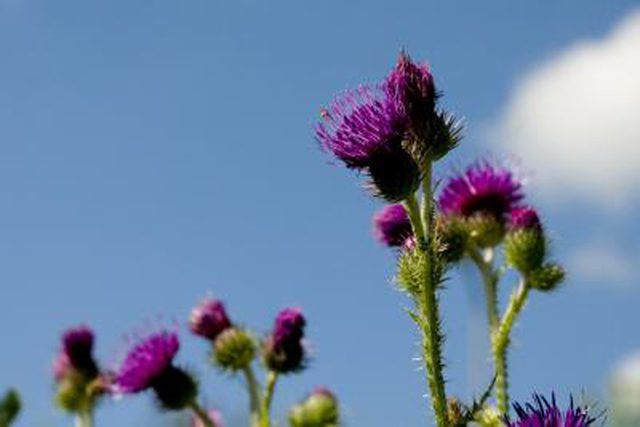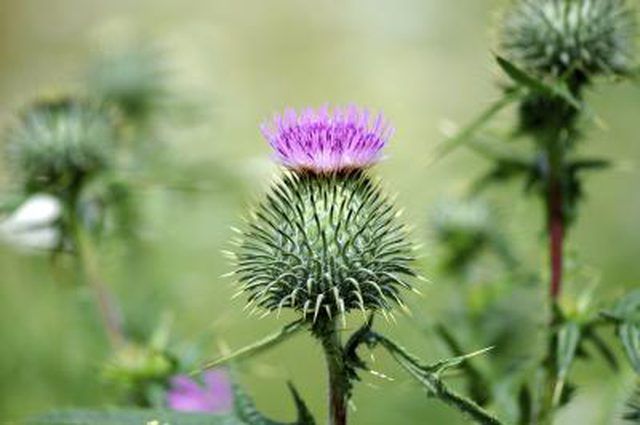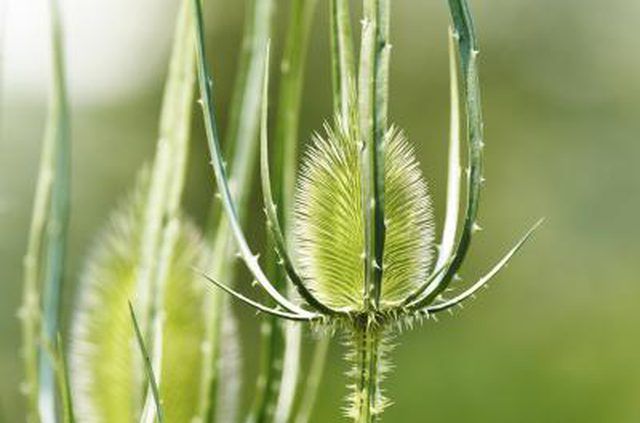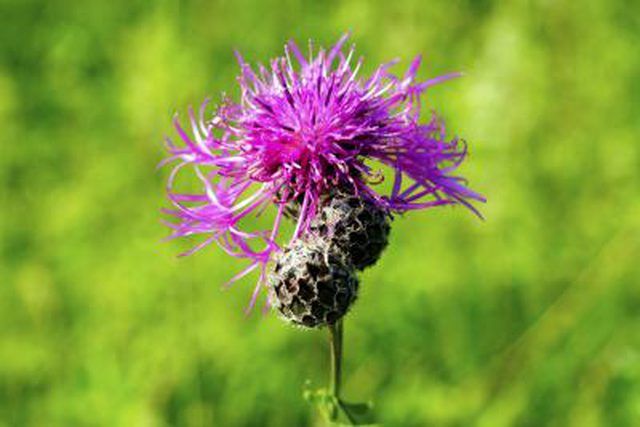Bulbs
Flower Basics
Flower Beds & Specialty Gardens
Flower Garden
Garden Furniture
Garden Gnomes
Garden Seeds
Garden Sheds
Garden Statues
Garden Tools & Supplies
Gardening Basics
Green & Organic
Groundcovers & Vines
Growing Annuals
Growing Basil
Growing Beans
Growing Berries
Growing Blueberries
Growing Cactus
Growing Corn
Growing Cotton
Growing Edibles
Growing Flowers
Growing Garlic
Growing Grapes
Growing Grass
Growing Herbs
Growing Jasmine
Growing Mint
Growing Mushrooms
Orchids
Growing Peanuts
Growing Perennials
Growing Plants
Growing Rosemary
Growing Roses
Growing Strawberries
Growing Sunflowers
Growing Thyme
Growing Tomatoes
Growing Tulips
Growing Vegetables
Herb Basics
Herb Garden
Indoor Growing
Landscaping Basics
Landscaping Patios
Landscaping Plants
Landscaping Shrubs
Landscaping Trees
Landscaping Walks & Pathways
Lawn Basics
Lawn Maintenance
Lawn Mowers
Lawn Ornaments
Lawn Planting
Lawn Tools
Outdoor Growing
Overall Landscape Planning
Pests, Weeds & Problems
Plant Basics
Rock Garden
Rose Garden
Shrubs
Soil
Specialty Gardens
Trees
Vegetable Garden
Yard Maintenance
What Is the Meaning of the Thistle?
What Is the Meaning of the Thistle?. The common thistle is known to botanists as onopordum acanthium and to everyone else as the Scotch thistle or Scottish thistle. A relative of the sunflower family, the Scottish thistle achieved fame and standing as the national emblem of Scotland. More than 200 types of thistles exist, many viewed less...
The common thistle is known to botanists as onopordum acanthium and to everyone else as the Scotch thistle or Scottish thistle. A relative of the sunflower family, the Scottish thistle achieved fame and standing as the national emblem of Scotland. More than 200 types of thistles exist, many viewed less gloriously than the common thistle in Scotland.

The cotton thistle is a large plant, up to three meters tall and about half that in width. A biennial plant, its spiny leaves are 10 to 50 cm wide, covered with white hairs that give the plant the common name "cotton thistle." They have long, stiff spines the length of the margins. The flowers are round and range in color from pink to lavender. The thistle flowers from July to September.

The thistle is renowned in Scotland where it is not only the country's national emblem, but also the base of Scotland's ancient order of chivalry known as "The Order of the Thistle." Oral tradition attributes this to a war between the Scottish and the Vikings of Denmark. When the Vikings attempted to surprise the Scots at night, one of them supposedly placed a bare foot on a thistle, causing him to cry out in pain and alerting the Scots to the Vikings' presence.

After this Viking episode, the thistle became known as the "Guardian Thistle" and, under James III, it became the badge of the Stuarts. Today it is the insignia of the Scottish guard and has been used on coins, bank notes, stamps and broad swords. It even decorates the tomb of Mary, Queen of Scots.

Given the legend surrounding the Scottish thistle, the plant clearly connotes bravery, courage and loyalty in the face of treachery. The tough, painful spikes of the plant itself suggest endurance and fortitude. As plant expert Arthur Lee Jacobson says about another thistle, "Though we cannot beat, nor like, nor use the damn thing, we must at least respect it as a formidable foe."

Other members of the thistle family are treated less magnificently. The Canadian thistle is called ruthlessly aggressive due to its horizontal root system. Some plant writers have termed it a "viciously ugly hateful bully" that grows almost anywhere, choking out other, more useful plants. The bull thistle and blessed milk thistle are both considered pests by Oregon botanists. According to Dr. James Altland of Oregon State University, "These plants are threatening in appearance, some are painful to the touch, and a menace to anyone responsible for their control."
